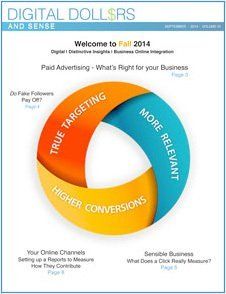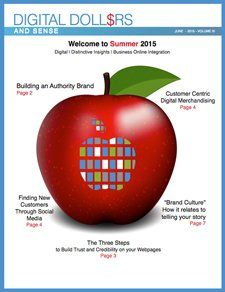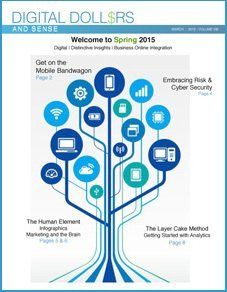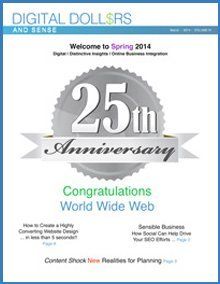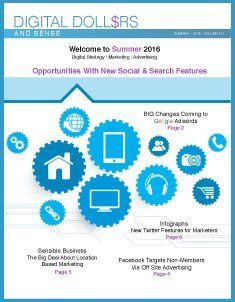In the brick-and-mortar world, individuals and companies are investing a lot of time and money generating the best name and brand for their businesses. In the online world, it’s just as important to reserve a name for your product, brand, and/or business. This requires research, co-ordination, registration and documentation skills, and sometimes a bit of luck, too. Business leaders should continuously devote time and effort to reserving names as part of their ongoing operations and strategic initiatives.
Reserving your name is a little more complex than purchasing a domain name, particularly in this age of social media. A coordinated naming strategy requires making name reservations across multiple online channels — like Twitter, Facebook, LinkedIn among others — if you plan to expand your business or products beyond a simple domain name.
If you do not pay attention to name reservation it could cost you time and money in the future. You could end up having to change business or product names mid stride. You may have to make a compromise around a brand you feel attached to. You could bring the momentum you have with your online initiatives to a halt until a good naming convention across online channels is established. Figure out your online “name game” first!
So given the importance to your online identity that naming can have, here are a few “Insights, Tips and Advice” ideas to consider for Name Reservation:
1.) Establish your name in an uncontested fashion in every digital doorway possible, even if you don’t think you will use the name now or in the future. As you work to establish a master domain name, verify that the same name — or a very similar one — is available with the many social networks or service providers whose networks your organization may use during its digital lifecycle (examples: LinkedIn, YouTube, Facebook, Twitter).
2.) Conduct the same thorough due diligence on a desired Internet name as you have in the brick ‘n mortar world to make sure the desired name does not conflict, business-wise, translation-wise or legally, with any currently in your target market.
3.) For a business — even one serving a limited geographical area — target the purchase of a .com name for your website. For the present and the foreseeable future, consumer perceptions equate .com to business.
4.) Prior to reserving a name in the brick-and-mortar world, it is a good idea to check domains on the Internet to see if there are domains that:
- as closely as possible reflect your business name or an abbreviated version
- are available to purchase at an affordable price
- have other derivatives available, such as .ca and .net, that can also be purchased in order to ensure that customers find your business
- have common “misspelt” domains similar to the master domain available
5.) Once you have registered a name, verify registration by logging on to the service. While logged on, pause the service specific to your name registration, so visitors searching for your business do not encounter “empty” pages before you are ready with your messaging in place.
6.) Ensure you store your names, IDs, and passwords and even the email they were registered from on a list that is in a safe place. This information is a corporate asset and should be treated as such.
I admit, naming and name research can be a tedious process. But it’s well worth the time — safely reserving name space for your organization across all networks can preserve the integrity of your identity in the future, make it easier for customers to find you, and helps to build and execute a solid online strategy.
Cheryl Kenny,
is a digital and online media marketer, editor, researcher and branding guru. Through Concentric, she helps businesses maximize their communications opportunities using innovative and measurable digital strategies, marketing and advertising programs.

















